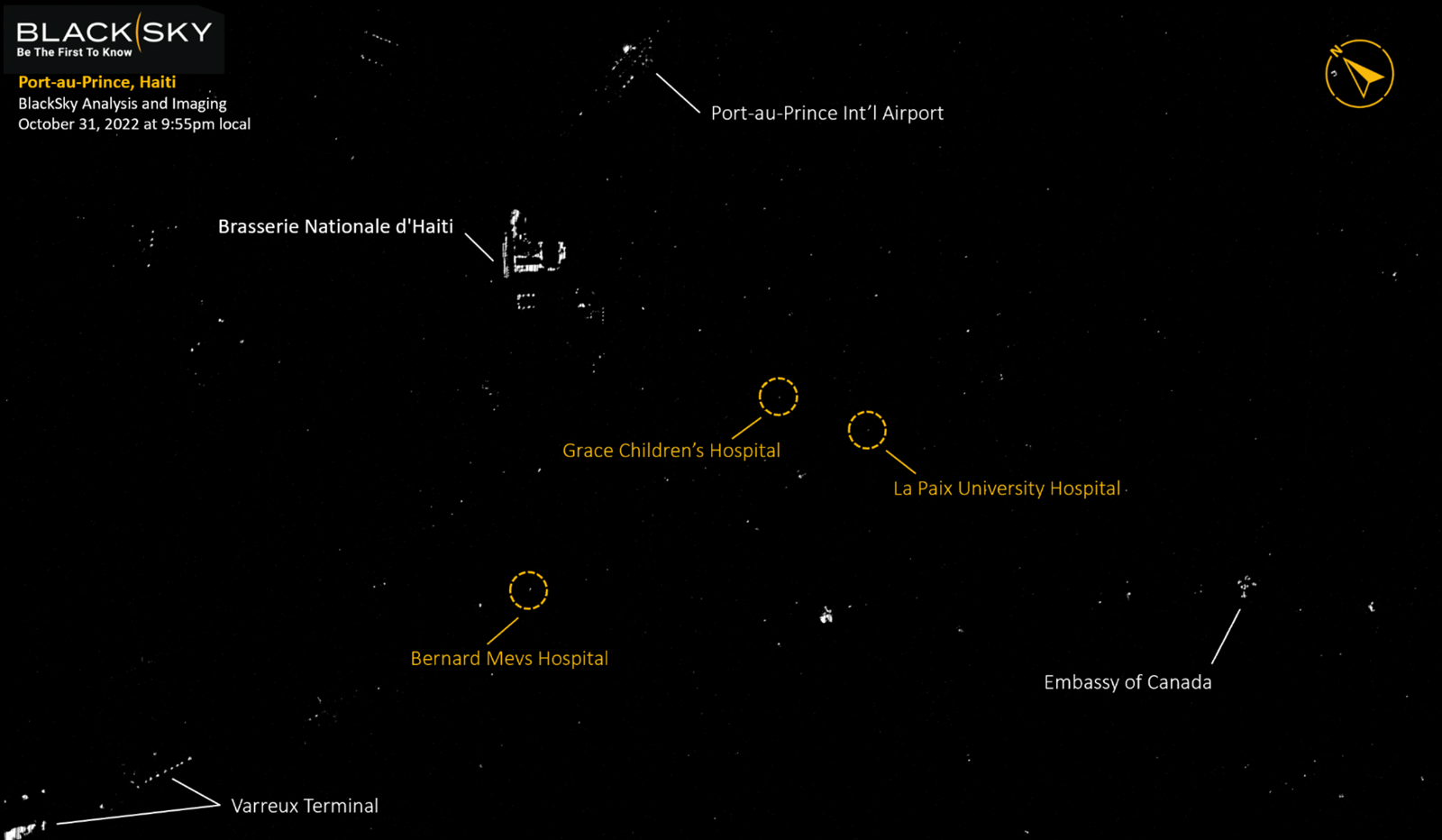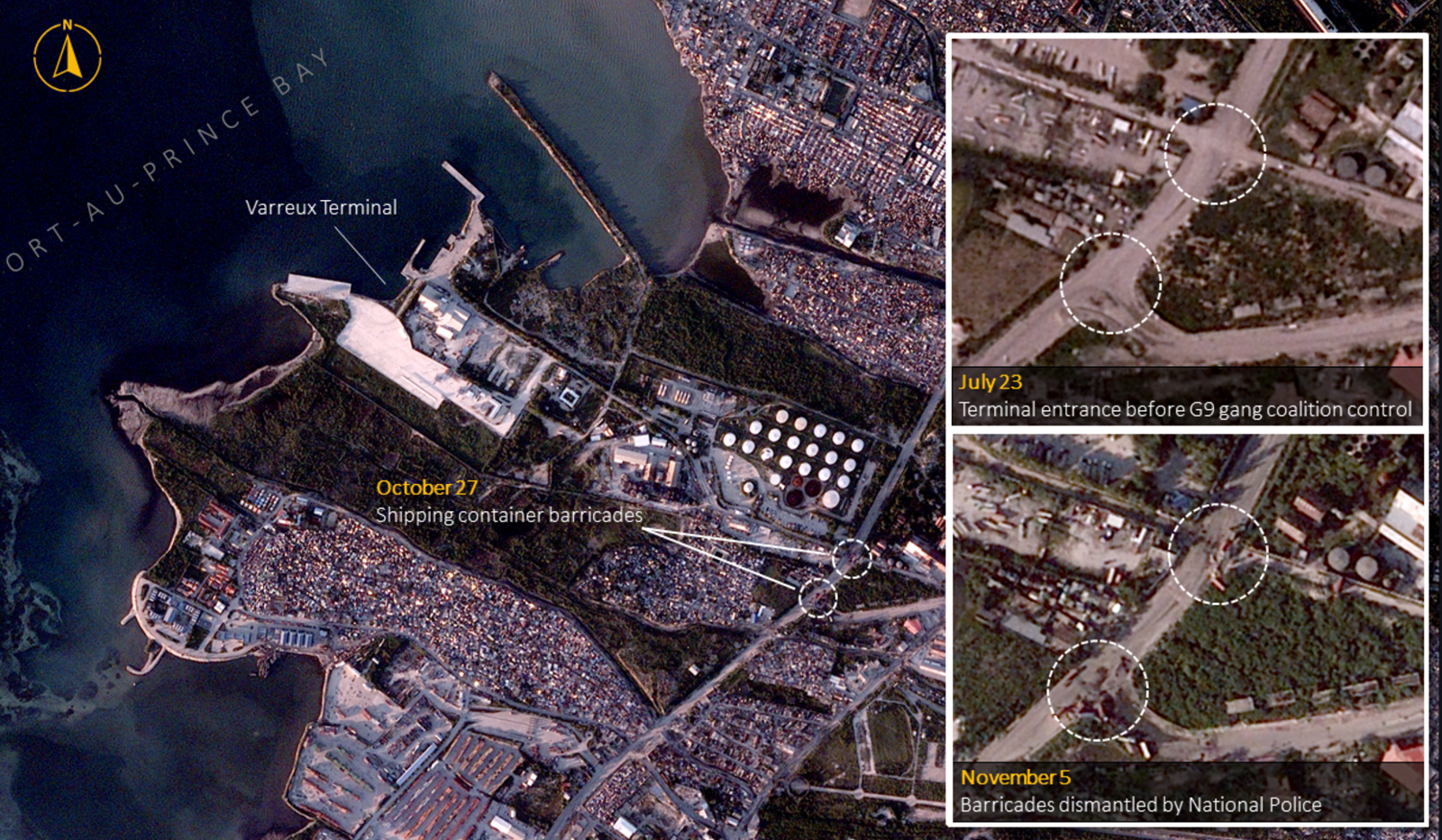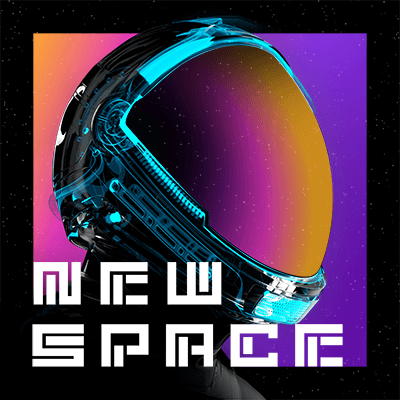Everyone with that one junk drawer in their kitchen knows how hard it is to find a Phillips screwdriver or a AA battery amidst a sea of random cords and knickknacks. Now, imagine that junk drawer is the size of planet Earth.
For years, the Earth Observation (EO) industry has suffered a problem: analysts combing their way through mountains of data and imagery, trying to find the information they need.
But in an industry where timeliness is critical, this model can be crippling — and quite possibly the chief stumbling block to widespread adoption.
“[Analysts] just don't have the time to look at every single image,” said BlackSky Director of Market Development Amanda Marchetti. “And sometimes a human can actually miss things … what I generally call detection fatigue. I've watched users actually get tired and just miss critical pieces of intelligence.”
Cued by the Customer
Amanda, alongside BlackSky Senior Director of Business Development Morgan Cox, joined us to talk about how their company is making the EO experience simple for end users.
The idea for BlackSky began with the concept of building a user-friendly interface, even before they had satellites in orbit.
As Amanda told it, “We actually started as a software company. And we started with the [Spectra AI] platform… the end user was going to use to derive intelligence… an interface where they can access the world at their fingertips and access the insight to solve their key mission or business problems.”
After experiencing success with Spectra AI, BlackSky decided to further bolster user value by establishing their own satellite constellation. These satellites can be directly tasked by customers to collect an image at any location, at any time of day, to gather the intelligence needed to solve the most critical of problems.
“It's just intuitive,” Morgan said. “You sit down in front of it, you can see the orders, you've put in the taskings. [You] just go to the tasking screen. You identify a location [and] you can identify the cadence at which you want to get it… it'll just bring imagery in as it goes.”
This data come quickly. “We're not talking days,” Morgan said. “We're certainly not talking weeks anymore. I mean, we're talking hours to get that imagery back in your inbox…it's just staggeringly fast.”



